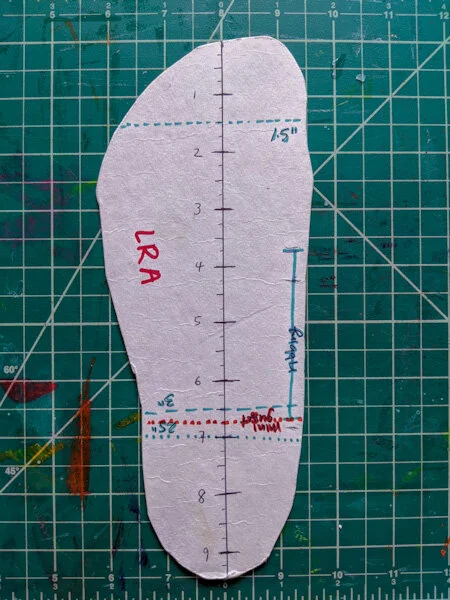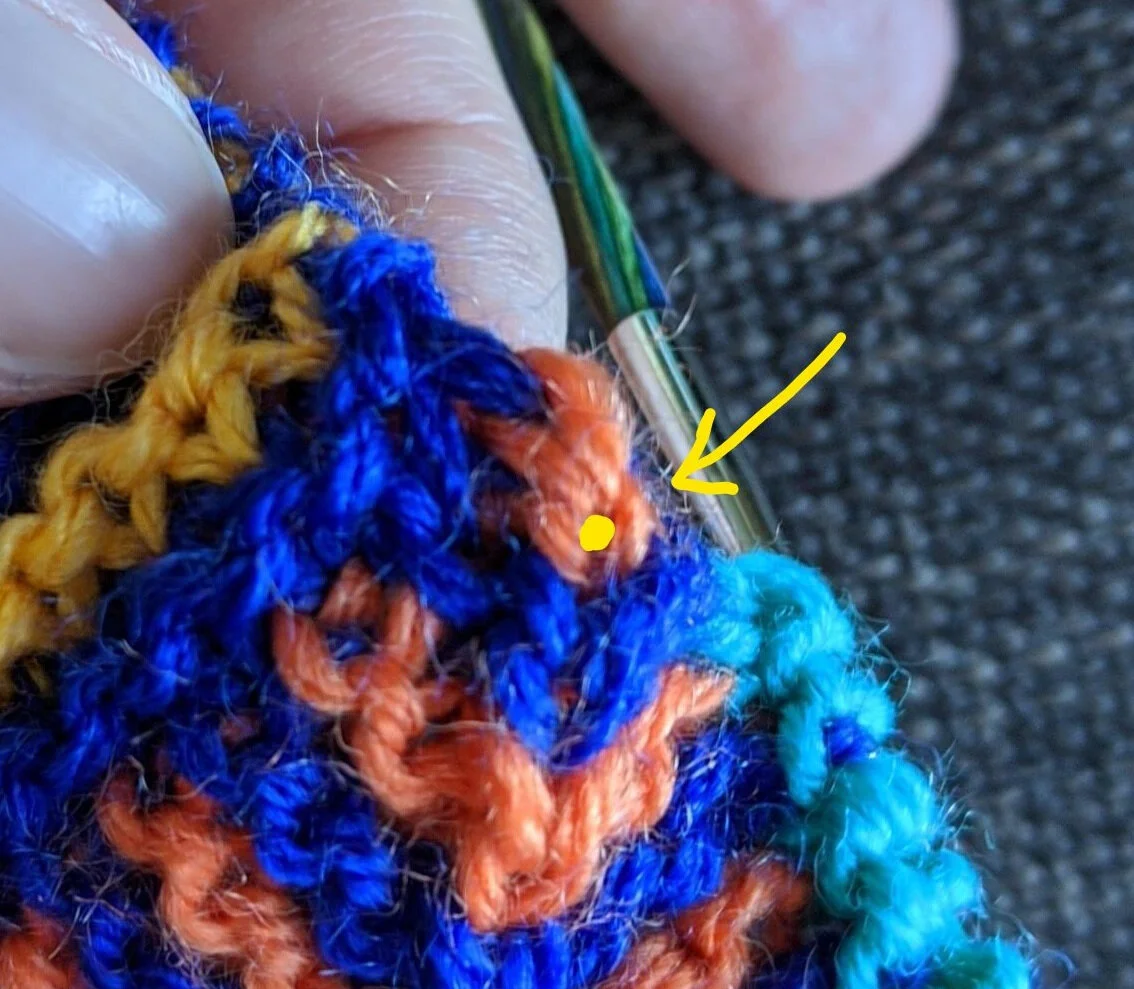In the last few years, Knitted Wit began to release seasonal holiday colors that line up with the solstices/equinoxes and the cross-quarter days that occur between them as part of their “Witch in a Box” line. For some reason, I decided to get these in DK weight instead of fingering, which is my go-to (as you might imagine from all the socks). Then, the 8 skeins marinated in my stash for many months while I noodled on how to best get them all into a single project. Originally I thought about doing some kind of mega-cardigan and striping the colors together, but ultimately I wanted each color to get to shine on its own.
Thus, the shlanket was born! I considered working it horizontally, but that would mean another provisional cast-on (which I LOVE and will never give up, but both of the other 2 designs in the Marking Time collection use it and I just wanted to take a break), and it would make stitch patterns tricky to fit into the short rows. Instead, I decided to work the sections of the shawl like pie slices, from the pointy end to the crust. Yum.
In order to get a good size shawl, I just kept knitting until I had about 30 inches of shawl - my initial attempt stopped at about 24 inches and just wasn’t a satisfying half-pi shawl size. But, working that much length meant I needed a lot of rows, and I get bored easily. Thus, each section in between the increase rows has a new stitch pattern to look forward to, just for interesting knitting!
Connecting each section isn’t as bad as you think - it’s a simple matter of picking up stitches along the edge of the previous section! The last section that joins to the very first one and creates the whole circular shawl is a bit fiddly in the first few rows, but it’s worth it if you want a big, snuggly blanket! Of course, if that’s not your deal you can always stop after 4 (or 5, or 6…)
Try it for yourself here:











































